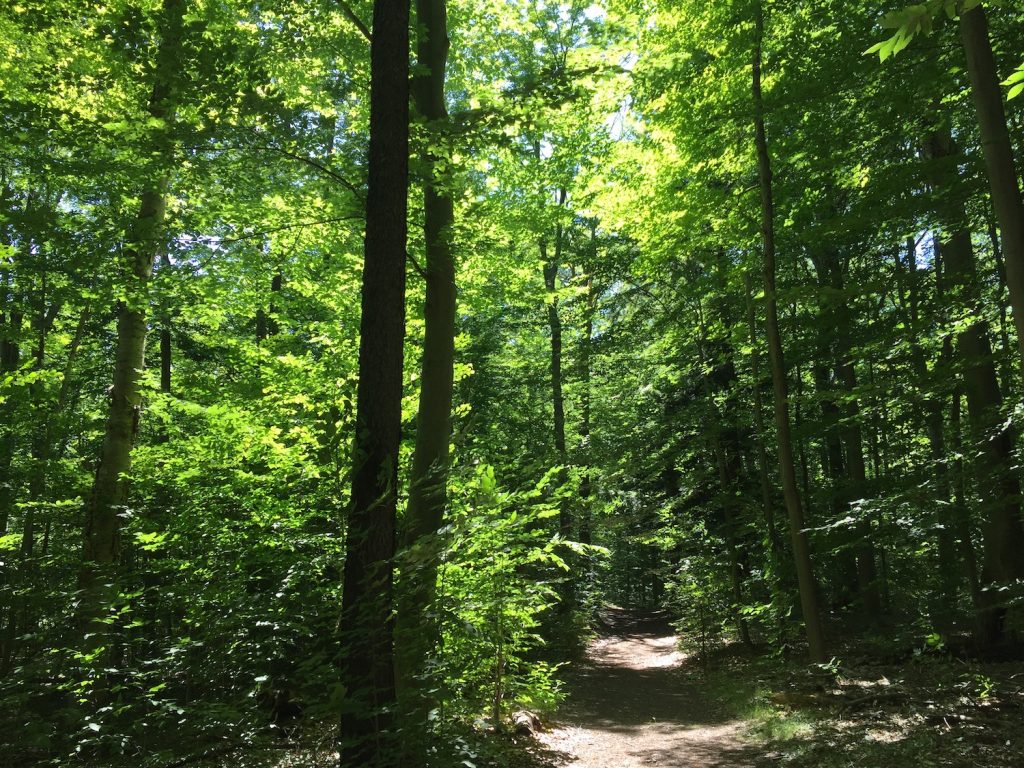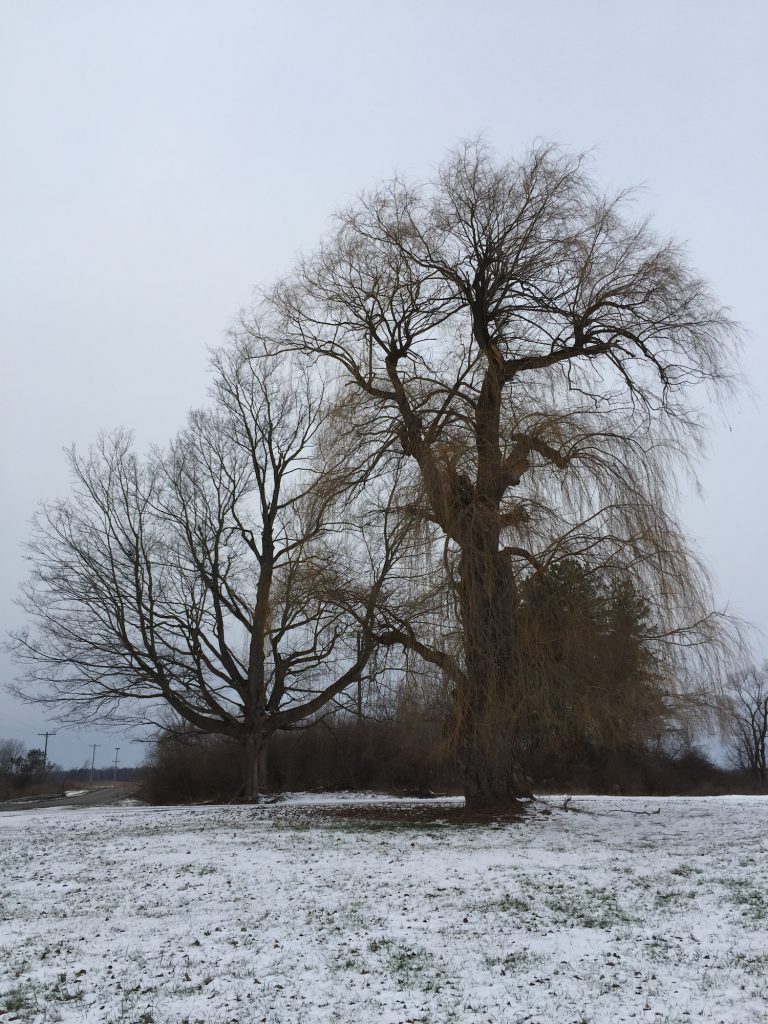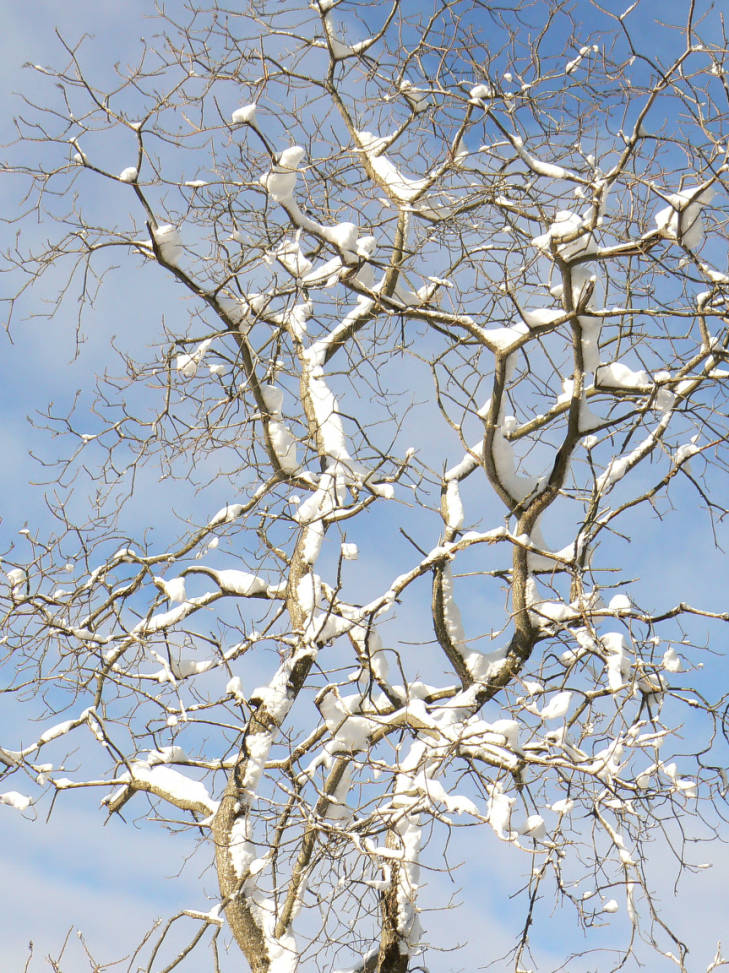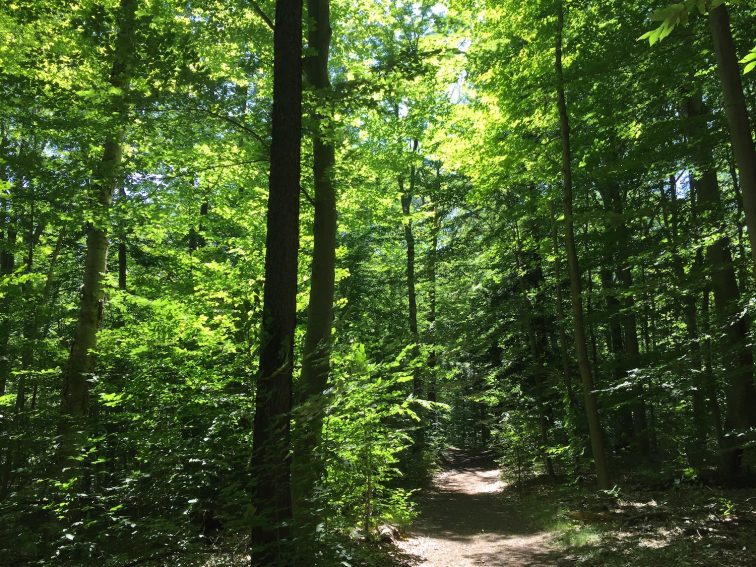
Ever wonder why a lot of our trees here at the Refuge – maples, oaks, hickories, cottonwoods, among others – lose their leaves every year but manage to live through the winter without freezing? These are the deciduous trees and their trick is to go dormant during the winter months.
So what is dormancy? In brief, it’s a process of metabolic adjustments to seasonal changes that have evolved to preserve and protect living cells from freezing to death. There are three main types of dormancy in plants that are closely associated with cold weather adaptations: paradormancy, which applies physiological effects that limit growth to selected parts of the tree, endodormancy, which is governed by internal signals regardless of what the external environmental conditions might be, and ecodormancy, which takes its cues from external environmental conditions such as day length and soil temperature.
Click here to become a member!
Click here to donate!

The dormancy process begins in early fall, when shorter days tell the tree that it’s time to get ready for the winter. This preparation time is called acclimation, during which the trees make the necessary adjustments during a period of paradormancy/ecodormancy. Hormonal changes induce the annual senescence and shedding of the leaves, stops the tree from growing any further, and alters the cellular functions of the tree’s living tissue in order to withstand freezing temperatures and lack of liquid water.
The leaf drop is actually an orderly shutdown, disassembly, and storage of the leaf’s chlorophyll and starches in the roots, trunk, and branches. The shutdown and withdrawal of the chlorophyll is what allows yellow pigments to show. Most leaves also make red pigments, which are believed to allow the tree to get the last bit of food out of the decaying chlorophyll. When that leaf shutdown is complete, the tree seals off the leaves at the abscission layer at the base of the leaf stem and drops the remaining leaf “husks” to the ground. At the same time, the living cells in the trunk and branches lose some of their water into the surrounding wood, and take in starches and sugars, resulting in an ‘antifreeze’ inside the cells with an insulating ice jacket outside. This allows the tree to reduce its costs of renewing the leaves every year, and protects the tree from freezing. The entire process prepares the tree for the stresses of winter’s cold, dryness, and relative darkness.

Once prepared for the stresses of wintertime, the tree enters a phase of deep dormancy – endodormancy – where it waits out the cold in sort of a “deep sleep” that is internally controlled and will not change even if external conditions become favorable for growth. During endodormancy, the tree must accumulate a certain number of “chill hours”, or it will not be ready to break dormancy and resume growth. These chill hours are levels of temperature just above freezing, and deciduous trees have selected to accumulate enough of them to get safely past the average frost dates their location. After enough chill hours are obtained, the tree is able to go into sort of a “standby” mode, back into ecodormancy, where it waits until external conditions will allow the sap to rise and successful growth to resume. This ecodormancy period is called deacclimation, and ends when the tree is again in its full growth state.



